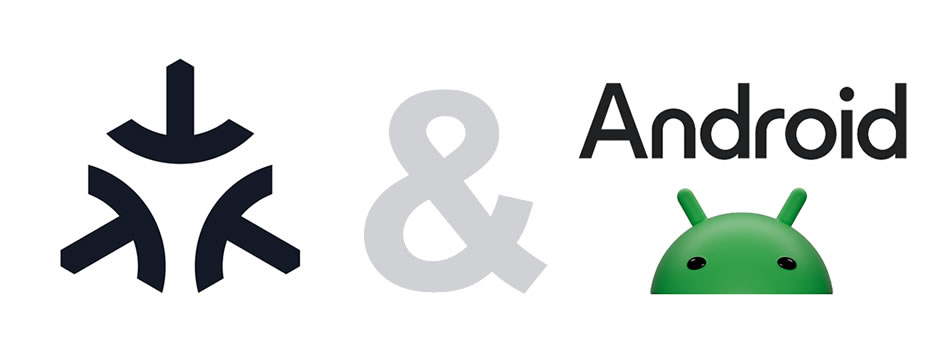As consumers increasingly seek convenience and efficiency in their daily lives, the demand for smarter, more interconnected homes continues to soar. Amidst this backdrop, Matter connectivity emerges as a transformative force, promising enhanced interoperability and a streamlined user experience like never before.
Understanding Matter Connectivity:
Formerly known as Project CHIP (Connected Home over IP), Matter is an open-source standard backed by major industry players including Apple, Google, Amazon, and more. Its mission? To establish a unified connectivity framework that bridges the gap between disparate smart home devices and platforms.
At its core, Matter utilizes IP-based communication, fostering interoperability across a wide array of devices regardless of brand or ecosystem. This means that whether you’re controlling your lights with a Google Nest Hub, adjusting your thermostat via an Apple HomePod, or checking security cameras through an Amazon Echo Show, Matter enables seamless communication and control.
Comparing Matter with Other Smart Home Connectivities:
- Z-Wave and Zigbee: While Z-Wave and Zigbee have long been stalwarts in the smart home arena, their closed ecosystems and proprietary nature have posed challenges for consumers seeking flexibility and choice. Matter, on the other hand, breaks down these barriers by offering an open standard that encourages collaboration and compatibility across a diverse range of devices.
- Wi-Fi: Wi-Fi connectivity undoubtedly boasts widespread adoption and familiarity, but its suitability for smart home devices is not without drawbacks. High power consumption and potential network congestion are common concerns, especially as the number of connected devices within a home continues to grow. Matter addresses these issues by providing a more efficient, low-power alternative that ensures reliable connectivity without sacrificing performance.
- Thread: Thread represents another wireless protocol designed specifically for smart home applications, offering low-latency, mesh networking capabilities. While similar in some respects to Matter, Thread lacks the broad industry support and standardized framework that make Matter such a compelling choice for consumers and manufacturers alike.
The Benefits of Matter Connectivity:
- Enhanced Interoperability: By establishing a common language for smart home devices, Matter connectivity simplifies the setup and operation of interconnected systems, regardless of the brands or platforms involved.
- Future-Proofing: As the smart home landscape continues to evolve, Matter’s open standard ensures that devices remain compatible and functional, even as new technologies emerge and older ones become obsolete.
- Improved Security: With built-in support for modern encryption standards and authentication protocols, Matter prioritizes the privacy and security of user data, offering peace of mind in an increasingly connected world.
Conclusion:
In the race to create the ultimate smart home experience, connectivity is king. Matter connectivity stands poised to revolutionize the way we interact with our devices, offering a standardized framework that empowers consumers and manufacturers alike. By fostering interoperability, promoting innovation, and prioritizing security, Matter paves the way for a future where the smart home of our dreams is not just a possibility, but a reality. Embrace the future of connectivity with Matter, and unlock the full potential of your smart home experience.




